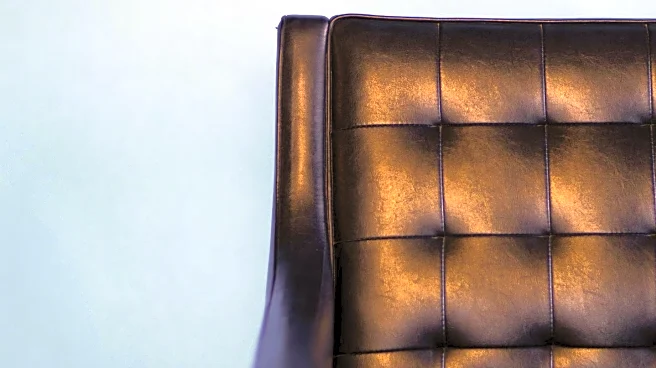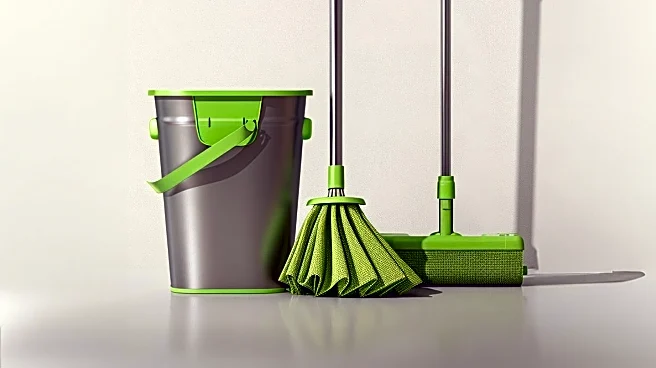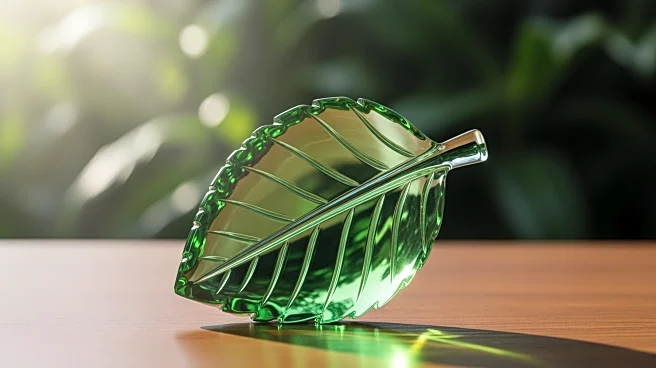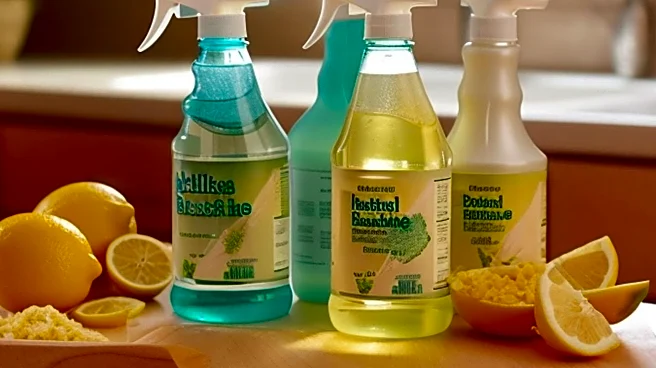What's Happening?
A new product, self-adhesive leather repair patches, is gaining attention for its versatility and ease of use. These patches are designed to repair scratches, tears, and blemishes on leather items such as furniture, car interiors, and clothing. The patches are made
from high-quality self-adhesive PU leather, which ensures a strong bond and long-lasting repair. They can be easily cut to fit specific needs, making them a customizable solution for various repair jobs. The self-adhesive feature eliminates the need for additional glue, simplifying the application process. This product is marketed as a way to rejuvenate worn-out leather items and extend their lifespan, providing a fresh and new appearance to the repaired items.
Why It's Important?
The introduction of self-adhesive leather repair patches is significant for consumers looking for cost-effective and efficient solutions to maintain and repair leather goods. This product offers an alternative to professional repair services, which can be expensive and time-consuming. By allowing users to perform repairs themselves, these patches can save money and extend the life of leather products, reducing waste and promoting sustainability. The ease of use and versatility of the patches make them accessible to a wide range of consumers, from homeowners to car owners, who can benefit from maintaining their leather items in good condition without professional help.
What's Next?
As the demand for DIY repair solutions grows, it is likely that more products like these self-adhesive leather repair patches will enter the market. Companies may expand their offerings to include a wider range of colors and textures to match different types of leather. Additionally, there could be an increase in consumer education and tutorials on how to effectively use these patches for various applications. Retailers might also consider bundling these patches with other DIY repair tools to provide comprehensive solutions for home and auto maintenance.
Beyond the Headlines
The rise of DIY repair products like these leather patches reflects a broader cultural shift towards self-sufficiency and sustainability. Consumers are increasingly interested in products that allow them to take control of maintenance and repairs, reducing reliance on professional services. This trend is also aligned with environmental concerns, as extending the life of products can contribute to waste reduction. The success of such products could encourage further innovation in the DIY repair market, potentially leading to new materials and technologies that make home repairs even more accessible and effective.













